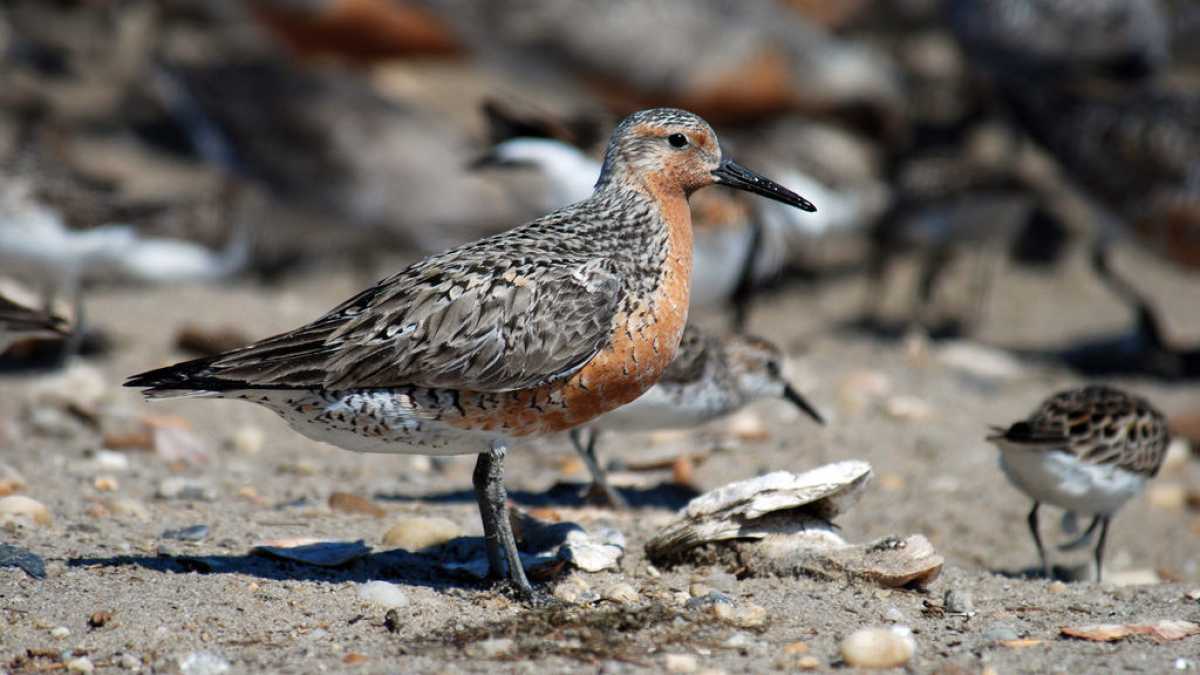News
Decline in Number of Birds Threatens Wetlands in Visakhapatnam

The Asian Waterbird Census (AWC) is currently underway, shedding light on the major threats faced by wetlands and the birds in the Visakhapatnam region. The team of Wildlife Conservation Through Research and Education and Vizag Birdwatchers Society, led by Vivek Rathod, A Yagnapathy, Vikram Penmetsa, and Janardhan Uppada, has been surveying 22 wetlands in Visakhapatnam, Vizianagaram, and Srikakulam in this year’s AWC.
Initial observations by the team have shown a decline in the number of birds at the wetlands of Visakhapatnam. The migratory bird season started late this time, with the birds arriving in December instead of November. The numbers have decreased by 50% compared to previous seasons.
In a study conducted by WWF-India three years ago, Meghadrigedda Reservoir in Visakhapatnam was found to be home to various bird species such as river tern, little grebe, northern pintail, northern shoveler, pheasant-tailed jacana, purple heron, red-crested pochard, rose-ringed parakeet, tufted pochard, and yellow wagtail, among others.
However, the number of birds sighted at Meghadrigedda has significantly decreased over the past year. The birders recorded 66 species (with 555 individuals) this year, with some key species like red-crested pochard not being spotted yet. Possible reasons for this decline include the floating solar power plant set up by the Greater Visakhapatnam Municipal Corporation, which may have disturbed the birds.
The Podugupalem Lake, another major birding hotspot of the region, has also seen a decrease in bird population due to rapid urbanization and poaching activities. Last year, the lake recorded 83 species (with 783 individuals), whereas this year, the numbers have fallen to 53 with 409 individuals. Hill destruction at one end of the lake and rampant poaching in the area have contributed to this decline.
At Tagarapuvalasa pond, a rarely spotted shorebird, the pied avocet, was observed for the first time in recent years. However, the numbers of commonly spotted winter species like the greater-painted snipes have significantly decreased. Renovation activities, such as the building of walking tracks, have disturbed the birds’ habitat.
Last season, a rare occurrence of breeding of great crested grebe was recorded at Boni Lake. However, this year, only one pair was recorded, indicating a decline in water bird populations. Water bodies adjacent to the airport have recorded an increase in the number of species, but waders are missing this season, possibly due to the disturbance caused by the canal adjacent to the airport becoming a drain for residents.
The decline in the number of birds in these wetlands is a cause for concern, with habitat destruction, poaching activities, construction, and landfills near water sources being the major threats. Efforts must be made to protect and preserve these wetland ecosystems and the bird populations they support.












